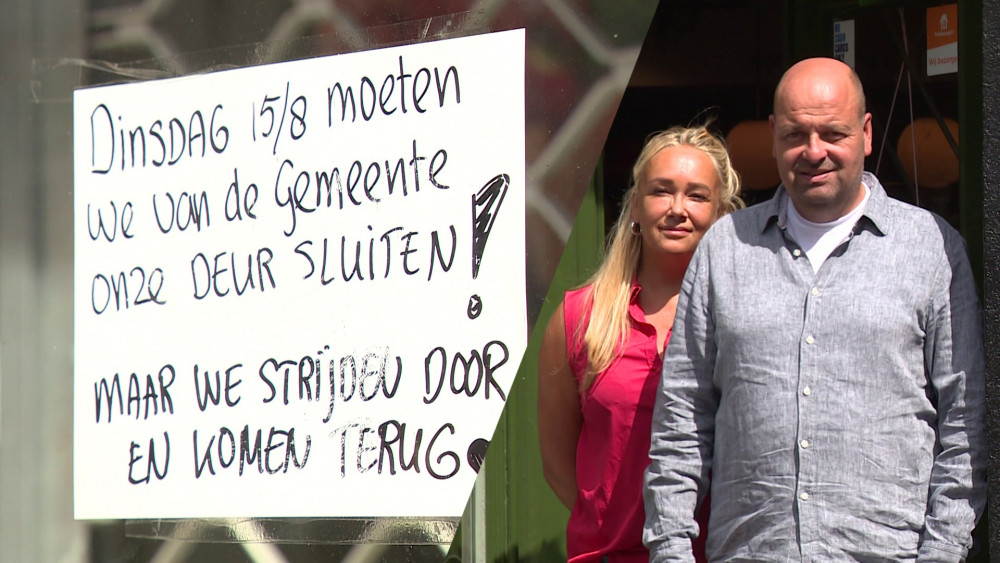I breathe, even if it is extremely timid, for the interbank market, where banks lend to each other at an average interest rate that establishes the value of the Euribor. The prospect that the cycle of interest rate hikes by the European Central Bank (ECB) is closer than ever has caused the indicator, which has shot up constantly in the last year, to loosen its daily rises.
So much so that the average for the indicator in August is already at 4.059%, marking 4.056% in the daily rate on Monday. If it closes like this, this would be the first month to register a decrease in the last year and a half, compared to the 4.149% in which the Euribor dismissed July.
The monthly decrease will not prevent, however, that the quota of mortgages referenced to the Euribor, those with a variable rate, continue to rise in the annual review, since just one year ago -in August 2022- the indicator stood at 1.249% , after taking a notable jump from 0.992% in July.
This implies that for a mortgage of 180,000 euros at 25 years and Euribor plus 1%, the monthly fee will rise by just over 270 euros per month, although it all depends on the time the loan was signed and what remains to be repaid.
On the other hand, those looking for a fixed rate have also run into a totally different market than a year ago. “The days of 2% mortgages are over. 3.50% or even 4% is normal now,” says Olivia Feldman, co-founder of the financial comparator HelpMyCash.com. “Future buyers will have to reassess their expectations and consider other alternatives such as the mixed mortgage,” she adds.
Despite this, analysts are beginning to observe a certain turning point in the evolution of the Euribor, anticipating that if the ECB finally decides to raise interest rates again in September, this could be the body’s last upward movement. Or, at least, the line that marks a pause in the rises, taking into account that inflation in the euro zone, at 5.3% in July according to advance data, is still far from the ECB’s theoretical objective, established in the 2%.
Precisely, last July marked one year since the monetary body embarked on the fastest rise in reference rates in its history to fight against rising prices, going from 0% to the current 4.25%.
The question now is where they will be in the coming months. And the market agrees that the end of rate hikes does not imply that they will go down. “There are enough indices in the economy that indicate that rates will continue to be high and that they could be part of the new normal,” the analysts point out.
Rubén Segura-Cayuela, Bank of America’s chief economist for Europe, anticipates that “the ECB’s decision in September is very close,” but considers that, with the data on the table, “a pause in September is a little more likely than some days ago”. Despite the fact that this stoppage in the increases ends up taking place, the consumer and savers will have to get used to this scenario of high rates for a long period of time.
2023-08-14 19:02:27
#Euribor #takes #slight #breather #points #monthly #fall #year

:quality(70)/cloudfront-us-east-1.images.arcpublishing.com/gruponacion/J5DS5JDEJRDR3POXWACTAR2NXY.jpeg)
